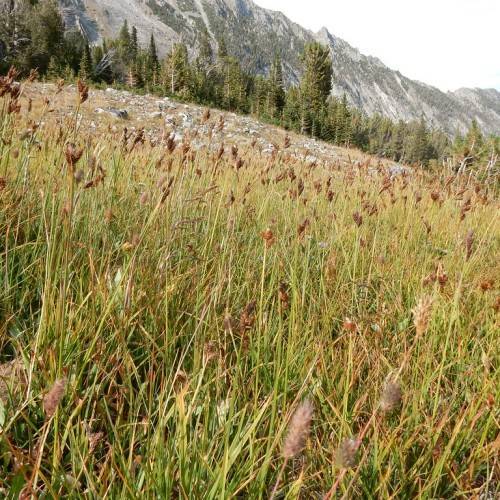
Payson's Sedge
Carex paysonis
Watering:
Minimal
Hardiness Zone:
Flowers:
Flowers
Sun:
Sun
Leaf:
Yes
Growth Rate:
Low
Drought Tolerant:
Yes
Salt Tolerant:
Yes
Invasive:
Yes
Care Level:
Medium
watering
Parry's Sedge should be watered once every 1-2 weeks during the growing season (May-September). The soil should be moistened to a depth of 4-6 inches. During the winter months (November-March), the plant should be watered sparingly (about once a month) to prevent the soil from drying out completely and to allow the roots to go dormant. Depending on the location and season, extra water may be required.
sunlight
Parry's Sedge typically prefers either partial sun or full shade, but is tolerant of a range of light intensities. The plant grows best in moist, well-drained but consistently moist soils. When growing in direct sunlight, plants can benefit from morning sun and evening shade. In general, 4 to 5 hours of direct sunlight per day is ideal for this species.
pruning
Parry’s Sedge should be pruned once a year in late spring or early summer, just prior to flowering. Prune the entire plant (stems & foliage) about 1/3 to 1/2 of its total height. This should be done with sharp scissors or pruners to ensure clean and efficient cuts. Remove any dead or brown foliage and trim away any loose or hanging stems. Pruning may also be done to encourage a more dense and full appearance.
